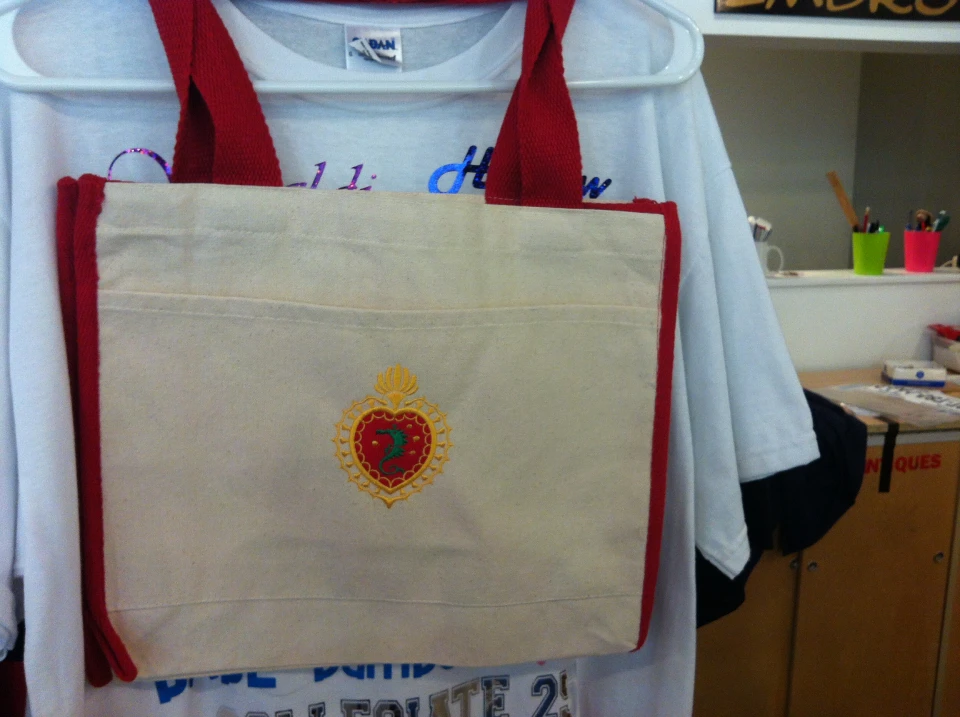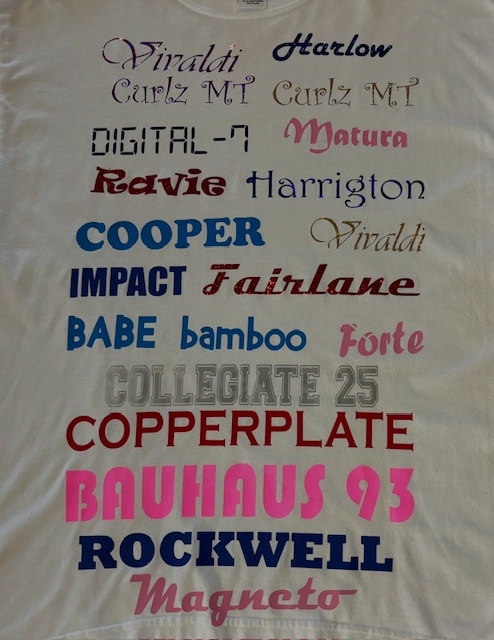The Art of Custom Needlework: Unlocking the Tricks to Creating Unique and Memorable Layouts
Needlework, a craft soaked in custom and creativity, holds within its intricate stitches the power to change textile into a canvas of special expression. The tricks to creating custom-made needlework designs that astound the eye and leave an enduring perception depend on a delicate balance of method, creativity, and focus to detail. As we explore the globe of custom-made needlework, we discover the nuanced interaction between thread choice, sew intricacy, and design customization that raises a mere garment to a job of art. Join us on a journey with the art of personalized needlework as we unravel the secrets behind crafting really unforgettable and unique productions.
Selecting the Right Needlework Threads
When selecting needlework threads, what essential factors should you consider to guarantee the very best outcomes for your customized designs? The choice of embroidery string is critical in establishing the last outcome of your stitched style. One of the primary considerations is the material of the string. Different products such as cotton, polyester, rayon, and silk offer differing levels of sheen, sturdiness, and appearance. It is vital to choose a string material that complements the fabric you are stitching on and lines up with the desired appearance of the layout.
Additionally, the weight or thickness of the thread plays a substantial role in the appearance of the needlework. Thicker strings can include dimension and appearance to your design, while finer strings are suitable for intricate details and tiny text. Additionally, taking into consideration the color fastness and washability of the string is critical to guarantee that your custom styles keep their top quality and vibrancy in time. By thoroughly evaluating these aspects and selecting premium threads that fulfill your specific requirements, you can improve the visual appeal and durability of your stitched creations.
Discovering Different Stitch Techniques
To explore the realm of 'Exploring Various Stitch Strategies', one need to grasp the intricacies and nuances that each stitching approach gives the art of needlework. Different stitch techniques not just include aesthetic rate of interest but also add to the total appearance and dimension of the layout. One preferred stitch method is the satin stitch, which involves very closely packed parallel stitches to develop a smooth and shiny surface, ideal for completing shapes and developing strong outlines.
On the various other hand, the backstitch is a flexible technique frequently used for outlining and including fine information. It includes sewing backwards to develop a solid line of embroidery. In addition, the French knot stitch adds a tactile element to layouts, perfect for developing textured accents like flower facilities or decorative touches.
Exploring various stitch techniques allows embroiderers to have fun with light, darkness, and depth within their designs, boosting the visual appeal and creative top quality of their embroidery tasks. By mastering numerous stitching methods, one can unlock countless opportunities for producing one-of-a-kind and remarkable customized needlework pieces.
Incorporating Personalized Style Aspects
Having actually explored the ins and outs of various stitch techniques such as the satin stitch, backstitch, and French knot, the focus now shifts in the direction of incorporating customized design elements in custom-made embroidery tasks. Customized design components play an essential function in making embroidery tasks really unique and remarkable.
One more method to incorporate personalized style elements is by consisting of symbols or themes that hold unique meaning to the recipient or reflect their passions and character. Incorporating a favored flower, pet, or hobby-related symbol can make the needlework style extra meaningful and tailored. Additionally, choosing colors that resonate with the recipient or straighten with the intended style can further enhance the personalization of the needlework project.
Grasping the Art of Shade Coordination

One secret aspect of color sychronisation is understanding shade theory. This consists of recognizing exactly how various colors connect with each other, the feelings they convey, and exactly how they can be incorporated to create aesthetically appealing styles. By using color concept concepts, embroiderers can create unified shade palettes that improve the total look of the style.
In addition, taking notice of contrast is crucial have a peek at these guys in color control. Utilizing contrasting colors can assist certain elements of the layout pop, improve readability, and create a visually vibrant needlework piece. By understanding the art of shade coordination, embroiderers can elevate their styles and produce remarkable pieces that resonate with customers and audiences alike.
Enhancing Structure With Advanced Needlework Stitches

French knots, for instance, are excellent for adding little, increased dots to your layout, mimicking the look of beads or producing a distinctive surface area. Bullion knots, on the various other hand, can be used to produce twisted, ropelike aspects that include a glamorous feeling to the needlework. Seed sewing entails little, scattered stitches that can fill in areas with a speckled structure, while turkey work produces fluffy, dimensional accents evocative pet fur or vegetation. Trying out these innovative embroidery stitches permits you to push the limits of traditional needlework and develop genuinely distinct and aesthetically enticing textures in your designs.
Final Thought
To conclude, the art of customized embroidery includes a combination of selecting the right strings, additional info checking out various stitch methods, incorporating individualized style components, understanding color coordination, and enhancing appearance with sophisticated stitches. By recognizing and executing these key components, embroiderers can produce unique and remarkable designs that display their creativity and ability. Needlework fanatics can open the secrets to producing stunning and bespoke items that stand apart and leave an enduring impact.